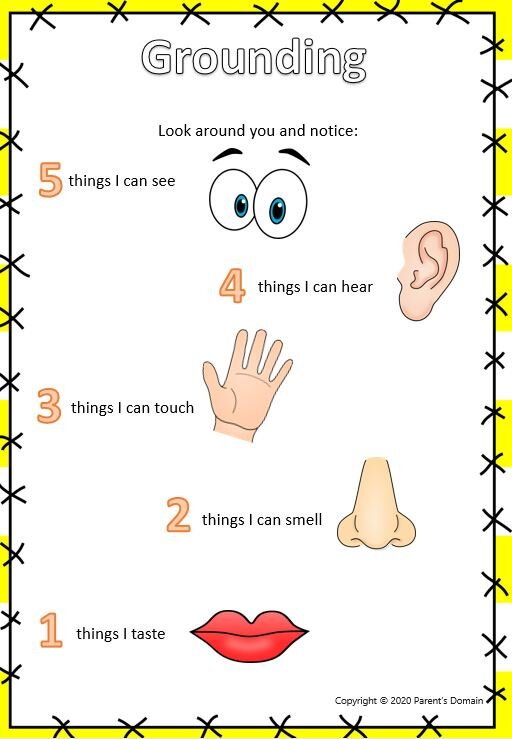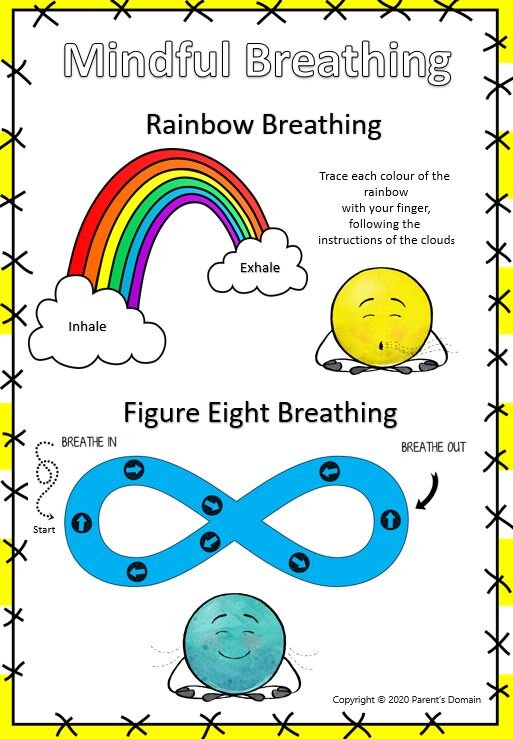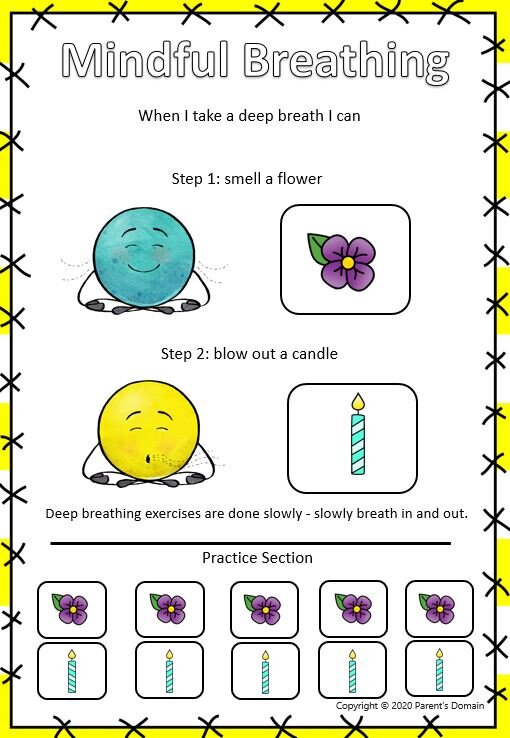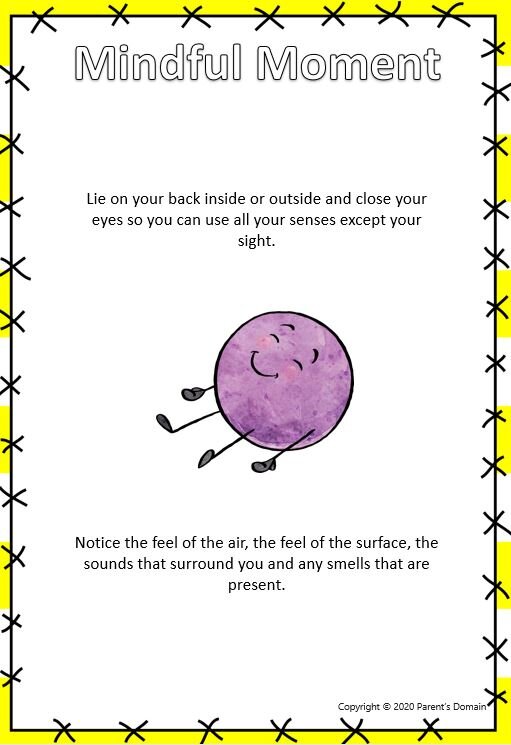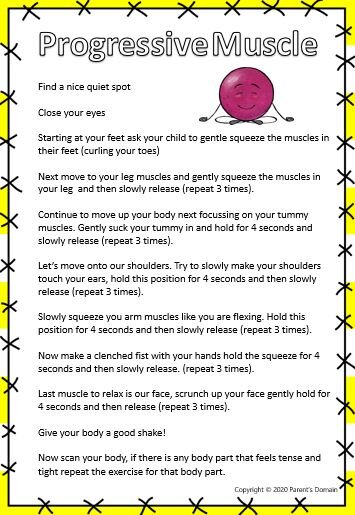During these uncertain times and as a Victorian going into lockdown for our 6th time, it just adds an extra layer of pressure to our parenting load.
I don’t know about you but home schooling is hard work and I no longer have the energy to do it anymore. I know that this is a really common feeling amongst parents that I have spoken to last lockdown and over the past few days. All expressing how difficult, stressed, frustrated, exhausted and sad we feel.
So, this is my action plan and I hope you find these tips helpful whether you are in lockdown or feeling burnout as a parent.
Self-Care
As parents we need to look after ourselves, we often put ourselves last by caring for those around us. We often feel guilty when we take time out for ourselves. We are often running on empty as we go about our day constantly checking the time. Life if go go go! Just remember you can’t pour from an empty jug, so if our emotional jug is empty, it is really hard to give to others. Do something just for you? I love to sit outside first thing in the morning, on my own or with Coco (our little pomeranian) usually at 6am before everyone has woken up, with my coffee just taking in the crisp fresh air. I usually do this for 15-30 minutes before I start to tackle the day (aka making school lunches first ….)
Lower Expectations
We can’t do it all in one day. Make a list of just the essentials for that day and what can wait. Remember “Rome wasn’t built in a day” so why do we expect ourselves to do everything in a day, cramming our schedule up to the very last minute. I am a culprit for this and if you see me during school drop off or pick, yep I am the mum running into the school like a tornado, in and out then off to the next job.
Be Kind To Yourself
Be aware of our negative self-talk, acknowledge the feelings that are generating the self-talk. Here is a little thought reframing strategy:
1. Is this a helpful thought?
2. Is this thought accurate?
If our response is ‘no’ what is a more helpful and accurate statement.
Feelings
Check-in with our feelings and if we notice that we are carrying emotions, engage in activities that de-escalate our nervous system. This only takes a few minutes! It’s ok to have a break and step away from the computer, the children, the house work... So, time is not an issue. The more we continue to supress those feelings it will impact our ability to concentrate and problem solve, decrease our tolerance and filter situations through our emotional brain.
Have a go at engaging your senses
5 things I can see
4 things I can hear (what sounds are near and far).
3 surfaces around me I can touch (notice the different in textures)
2 smells I can smell
1 taste in my mouth
Have a movement break
Go for a walk, skip with a skipping rope, do some stretches or sit outside and notice all the different colours around you.
Alphabet strategy
Have your tried saying the alphabet backwards? Have a go! It’s great for re-engaging our prefrontal cortex. Our pre-frontal cortex goes off line when we are experiencing states of heightened emotions as our emotional brain has taken over. We need to switch our pre-frontal cortex back on so that we can this rationally, communicate more effectively and problem solve.
In Our Control
Focus on what we can control (our thoughts, behaviours, actions, attitude, diet, sleep and fun). When we are seeking to control what is ‘not in our control’ it generates tension. Seeking control is often a sign that we are experiencing a strong emotion and by controlling others, our environment or a situation it provides short term relief but not long term.
Catch The Wonderful Moments In Our Day
Don’t forget to pause, smile and laugh. We have a tendency to focus on the not so good in our lives. Laughter is good for our soul. What are you going to do to have fun each day?
Rituals
Rituals are a lovely part of family life, let’s create a daily family ritual that incorporates hope and gratitude. We will be doing a daily gratitude at dinner time with notes to each other, it’s a lovely little way to connect.
Image credit - Pathways 2 Success
Remember there is no easy way to manage lockdown, parenting, working from home and home schooling. We are in this together and don’t forget to reach out for help. Do the best you can with what you have in that moment.
From my family to yours – sending you a virtual hug!













